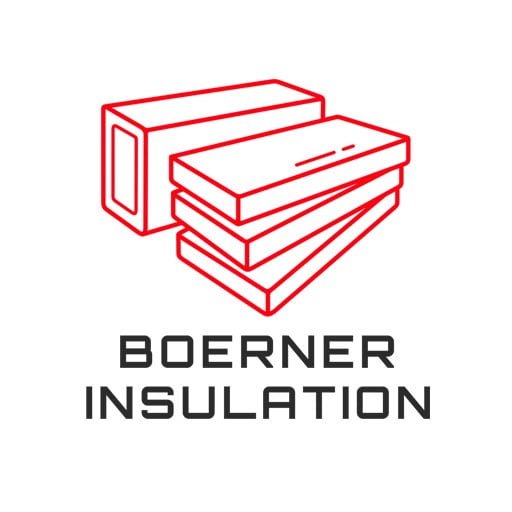Ventilated facades
Ventilated facades with mineral wool are an advanced, innovative thermal insulation system used in construction, combining effective thermal insulation with aesthetics and moisture protection. It is commonly used in modern construction due to its numerous benefits.
The mineral wool used in ventilated facades, in addition to the many advantages that mineral wool has, is primarily characterized by a low heat transfer coefficient (λ), low material density, and resistance to atmospheric conditions.
Components of the ventilated facade system with mineral wool:
1. Mineral wool as thermal insulation: Thanks to its excellent insulating properties, mineral wool is an effective material for maintaining a stable temperature in the building.
2. Ventilated facade: A characteristic feature of this system is the existence of a ventilated space between the insulation layer and the external facade. This so-called “chimney effect” allows for natural air circulation, which facilitates moisture removal and temperature regulation.
3. Use of frames and fastening systems: The ventilated facade with mineral wool requires special frames and a fastening system that holds the mineral wool in the correct position and allows for free air circulation.
4. Moisture protection: Thanks to the ventilated space, this system effectively protects the building against moisture. Moisture that might appear is directed outside, helping to maintain the structure in good condition.
Applications:
- Energy-efficient buildings: Ventilated facades with mineral wool are often used in energy-efficient buildings, where effective thermal insulation is crucial.
- Commercial buildings and office buildings: This system is popular in commercial and office buildings, where it is essential to maintain a stable temperature and minimize the impact of atmospheric conditions.
- Aesthetic finishing: Ventilated facades allow for the use of various finishing materials, enabling attractive and modern facade design.
- Modernization of existing buildings: This system can also be used for the thermal modernization of existing buildings, improving their insulation and aesthetics.


